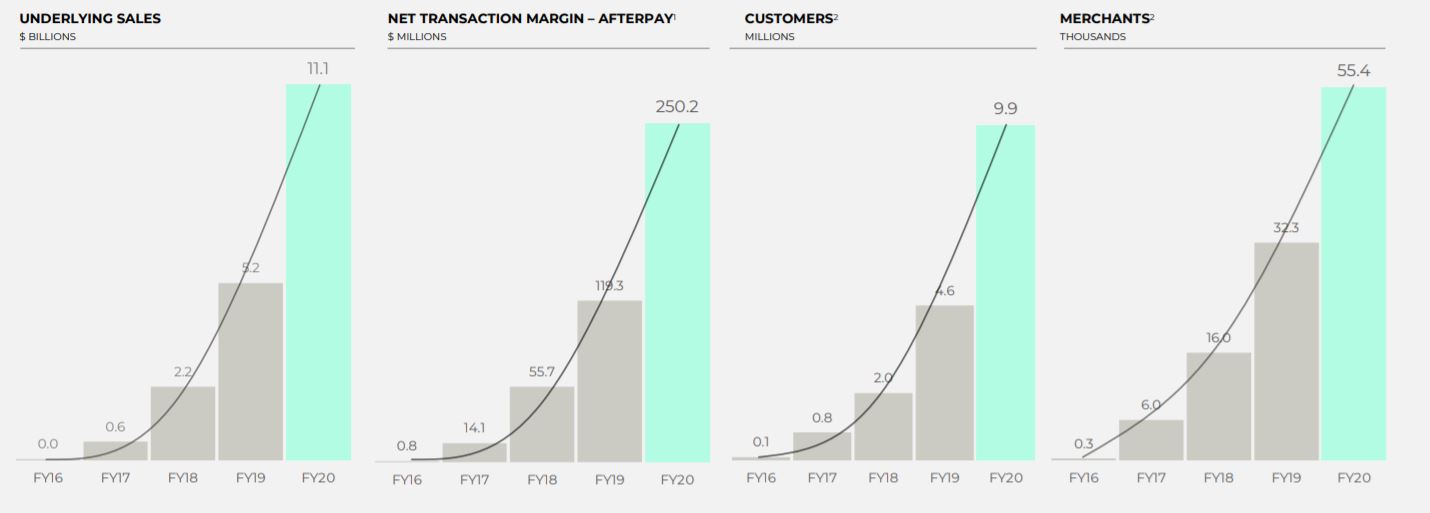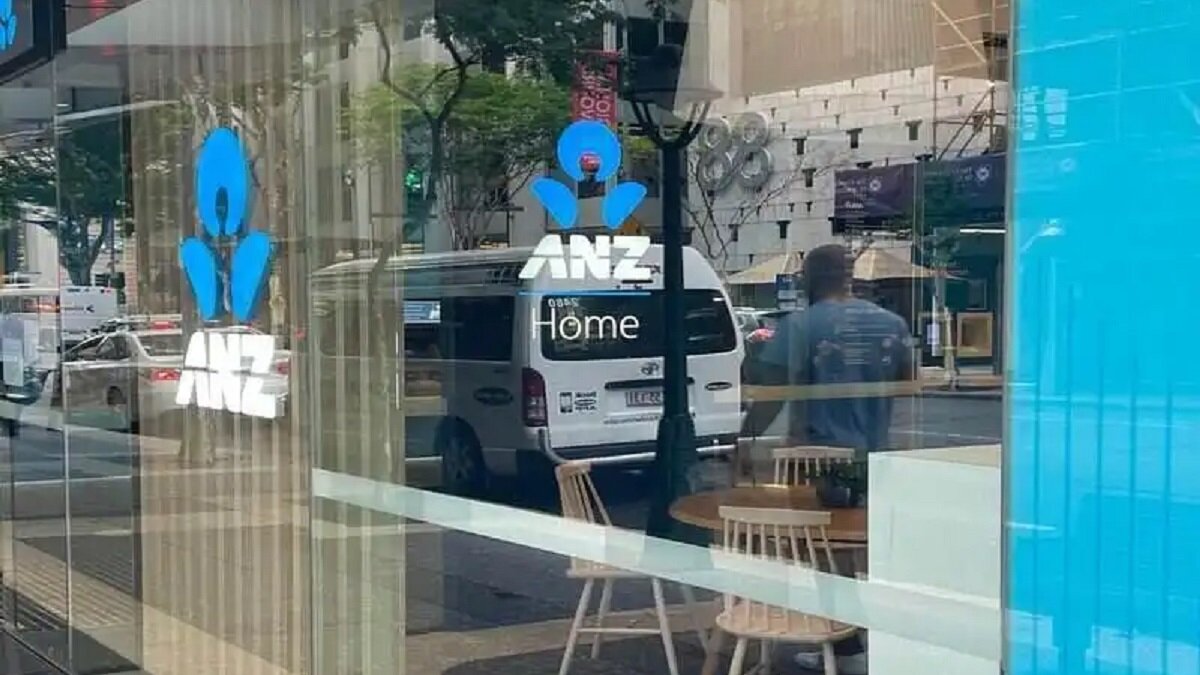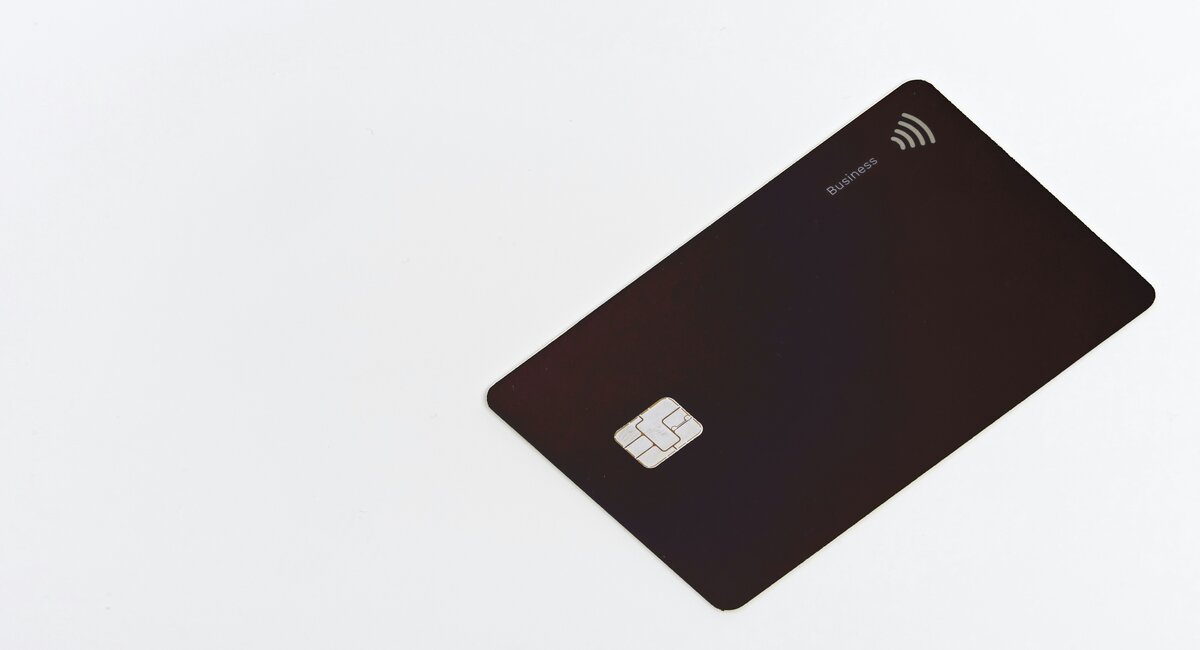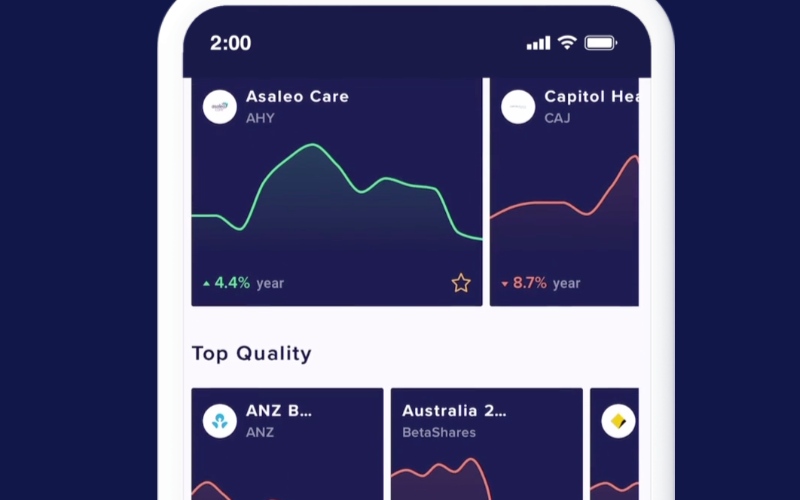In its full-year results to 30 June 2020, Afterpay recorded strong growth, despite the "unprecedented impact on global retail" brought on by COVID-19.
"While remaining cautious in our ongoing response, it is clear that Afterpay's predominantly e-commerce and budgeting focused service has been a net beneficiary of the significant shift to online spending and the shift away from traditional forms of credit," Afterpay said in its report.
It's hard to argue with the results. According to Afterpay, it added an average of 17,300 customers each day during FY20 globally - a number that increased to 20,500 during the fourth quarter (March - June, when COVID shutdowns first began).
Afterpay's underlying sales increased by 112% from 5.2 billion to 11.1 billion, while the number of global active customers - that's across Australia and New Zealand, the US and UK - grew by 116% to 9.9 million.
In Australia and New Zealand alone, active customers grew by 18% to 3.3 million, making it by far the biggest buy now, pay later (BNP) platform in the region.
Meanwhile, rival BNPL platform Zip today announced in its own full-year results that it has 2.1 million customers across Australia and New Zealand.
And just yesterday, Humm revealed it increased its customer base across Australia, New Zealand and Ireland by 37% to 2.1 million customers.
Afterpay's revenue was up 97% to $519 million overall, while it still made a net loss, albeit a smaller one. Its net loss improved by 48% to $22.9 million, down from $43.8 million the year prior.
Afterpay's share price has soared by over 1,000% in the past six months from $8 in March to $92.48 at close of business yesterday.
Source: Afterpay
Late fees on the decline, Afterpay welcomes regulation
Afterpay also noted that customers transact more frequently the longer they use the platform, with roughly 90% of underlying sales coming from repeat customers.
While Afterpay continues to attract criticism from consumer groups for encouraging debt and late fees, those late fees only account for 14% of Afterpay's total income, down from 19% in FY19 and 24% in FY18.
"While a lot has changed in the five years since the company began, Afterpay's core principles and purposefully different model remain and continue to resonate with customers around the world," Afterpay's report said.
"Afterpay's budget-focused approach achieves positive outcomes for consumers, which is reflected in the fact that the average outstanding balances have remained consistently low across the portfolio ($190), and ~90% of customers use a debit card on the Afterpay platform."
There's always the risk that Afterpay's incredible growth could be curtailed by increased regulation, and Afterpay says it expects a full public report from the Australian Securities and Investments Commission (ASIC) into the BNPL industry in September 2020.
"Afterpay has cooperated with ASIC as it has undertaken its follow-up review of the BNPL industry. During COVID-19, Afterpay has also responded to regular market requests for information from ASIC as it monitors the BNPL market," Afterpay's report said.
Afterpay announces Worldpay partnership
Afterpay has also announed today a partnership with Worldpay, the world’s largest merchant acquirer, in order to process payments faster and expand to more merchants faster.
Worldpay General Manager for Global eCommerce, APAC, Phil Pomford, said BNPL is the fastest growing online payment method.
"Globally, our merchant solutions business is seeing an increasing popularity among consumers for buy now pay later payment methods, and we have seen year-on-year Buy Now Pay Later transaction volumes increase by 102.3%, and turnover 129.3%, globally," he said.
"We look forward to partnering with Afterpay to deliver education, innovation and adoption in this space.”
Other Afterpay news
Here are some other things Afterpay did this financial year that you might've missed:
- Afterpay tightens lending requirements in response to COVID-19
- Afterpay partners with Qantas Frequent Flyer
- Afterpay partners with Apple Pay, Google Pay
- Afterpay partners with Webjet





 Brooke Cooper
Brooke Cooper

 William Jolly
William Jolly


